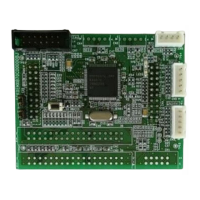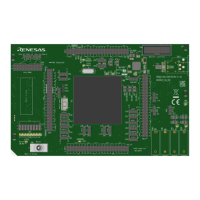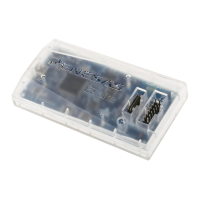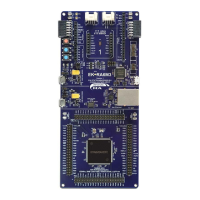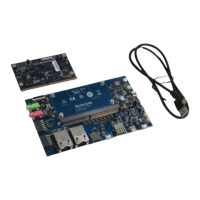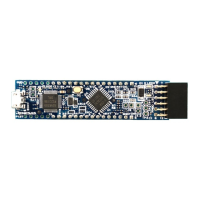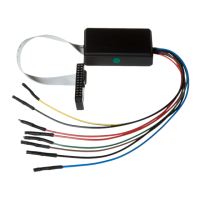Section 9 Timers
Rev. 7.00 Mar 10, 2005 page 328 of 652
REJ09B0042-0700
9.7.4 Asynchronous Event Counter Operation Modes
Asynchronous event counter operation modes are shown in table 9.21.
Table 9.21 Asynchronous Event Counter Operation Modes
Operation
Mode Reset Active Sleep Watch Subactive Subsleep Standby
Module
Standby
AEGSR Reset Functions Functions Retained
*
1
Functions Functions Retained
*
1
Retained
ECCR Reset Functions Functions Retained
*
1
Functions Functions Retained
*
1
Retained
ECCSR Reset Functions Functions Retained
*
1
Functions Functions Retained
*
1
Retained
ECH Reset Functions Functions Functions
*
1
*
2
Functions
*
2
Functions
*
2
Functions
*
1
*
2
Halted
ECL Reset Functions Functions Functions
*
1
*
2
Functions
*
2
Functions
*
2
Functions
*
1
*
2
Halted
IRQAEC Reset Functions Functions Retained
*
3
Functions Functions Retained
*
3
Retained
*
4
Event
counter
PWM
Reset Functions Functions Retained Retained Retained Retained Retained
Notes: 1. When an asynchronous external event is input, the counter increments but the counter
overflow H/L flags are not affected.
2. Operates when asynchronous external events are selected; halted and retained
otherwise.
3. Clock control by IRQAEC operates, but interrupts do not.
4. As the clock is stopped in module standby mode, IRQAEC has no effect.
9.7.5 Application Notes
1. When reading the values in ECH and ECL, the correct value will not be returned if the event
counter increments during the read operation. Therefore, if the counter is being used in the 8-
bit mode, clear bits CUEH and CUEL in ECCSR to 0 before reading ECH or ECL. If the
counter is being used in the 16-bit mode, clear CUEL only to 0 before reading ECH or ECL.
2. Use a clock with a frequency of up to 16 MHz for input to the AEVH and AEVL pins, and
ensure that the high and low widths of the clock are at least half the OSC clock cycle duration.
The duty cycle is immaterial.
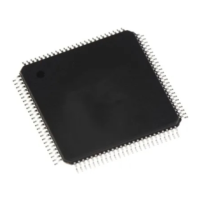
